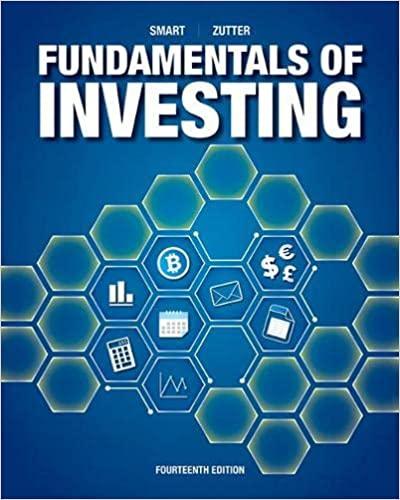Question
In July 1993, the Walt Disney Company issued $300,000,000 in senior debentures (bonds). The debentures carried an interest rate of 7.55%, payable semiannually, and were
In July 1993, the Walt Disney Company issued $300,000,000 in senior debentures (bonds). The debentures carried an interest rate of 7.55%, payable semiannually, and were priced at par. They were due to be repaid on July 15, 2093, a full one hundred years after the date of issue. However, at the companys option, the debentures could be repaid (in whole or in part) any time after July 15, 2023 or 30 years after the issue date.
The issue was priced on July 20, 1993 to yield .95% (95 basis points) over the benchmark 30- year Treasury bond. Analysts estimated that this was .15% to .20% more than Disney would have paid had it issued 30-year bonds. And Disney had the right to call the bonds after 30 years for 103.02% of face value. Thus thirty years hence, the company had the best of both worlds. If prevailing interest rates were low, it could call the bonds and replace them with a cheaper issue. But if interest rates were high, the bonds could remain out, continuing to pay 7.55%, for seventy more years!
Demand was so brisk that the company doubled the size of the issue from $150 million to $300 million. Merrill Lynch, co-manager of the Disney offering, perceived an overflow of interest for very-long-maturity bonds. According to Grant Kvalheim, a managing director at Merrill Lynch & Co., We went to Coke and showed them the [Disney] bonds.7 Three days later Coca-Cola Co. went to market with its own 100-year issue of $150 million. The Coke 100-year bonds were priced to yield 7.455% or just 80 basis point over the benchmark Treasury, but, unlike the Disney bonds, were not callable.
QUESTION:
a. What would happen to the bond price if the required rate of return increased or decreased by 1%. What is the % change in the bond price?
b. Suppose, the maturity of the bond issued by Disney is only 10 years, rather than 100 years. Calculate the price of the bond assuming a 7.55% required rate of return. What if the interest rate increased to 8.75% or declined to 6.75%. Did the bond price change as much as in QA?
Step by Step Solution
There are 3 Steps involved in it
Step: 1

Get Instant Access to Expert-Tailored Solutions
See step-by-step solutions with expert insights and AI powered tools for academic success
Step: 2

Step: 3

Ace Your Homework with AI
Get the answers you need in no time with our AI-driven, step-by-step assistance
Get Started


